Disclosure: This article contains affiliate links. We may earn a commission from purchases at no extra cost to you, which helps our travel content.
Standing at the threshold of Jemaa el-Fnaa as dusk descended, I watched the ancient square transform from a sleepy afternoon gathering to a vibrant nocturnal ecosystem. My data visualization work tracking traditional craft economies had brought me to Morocco, but Marrakech demanded to be experienced beyond the spreadsheets and algorithms. As a solo female traveler navigating this sensory kaleidoscope, I found myself constantly recalibrating—balancing cultural respect with personal boundaries, adventure with caution, and planned itineraries with serendipitous encounters. After three visits over five years, I've compiled this analytical yet heartfelt guide to help fellow solo female travelers navigate the magnificent chaos of Marrakech with confidence, curiosity, and cultural sensitivity.
Navigating Safety with Data-Driven Confidence
Let me address the question that dominated my search history before my first visit: is Marrakech safe for solo female travelers? The answer requires nuance rather than a binary response.
After logging my experiences across three visits and correlating them with local crime statistics and feedback from 17 female travelers I've connected with, I can confidently say Marrakech is generally safe when approached with informed awareness. The primary challenges aren't related to serious crime but rather to persistent attention and occasional hustling.
The data points to specific patterns: harassment peaks in tourist-dense areas during mid-day hours (11am-2pm) and early evening (5-7pm). My tracking revealed significantly fewer uncomfortable interactions when I walked with purpose, maintained confident body language, and dressed respectfully.
For peace of mind during evening explorations, I relied on my personal safety device - its discreet design clipped easily to my bag while providing reassurance. After sunset, I consistently used pre-arranged transportation rather than wandering alone, reducing unwanted interactions by approximately 70% according to my personal logs.
The medina's labyrinthine design presents a different challenge: disorientation. While getting lost is part of the experience, I found downloading offline maps essential. My portable power bank proved invaluable during long days of navigation and photography, providing nearly three full phone charges when outlets were scarce.
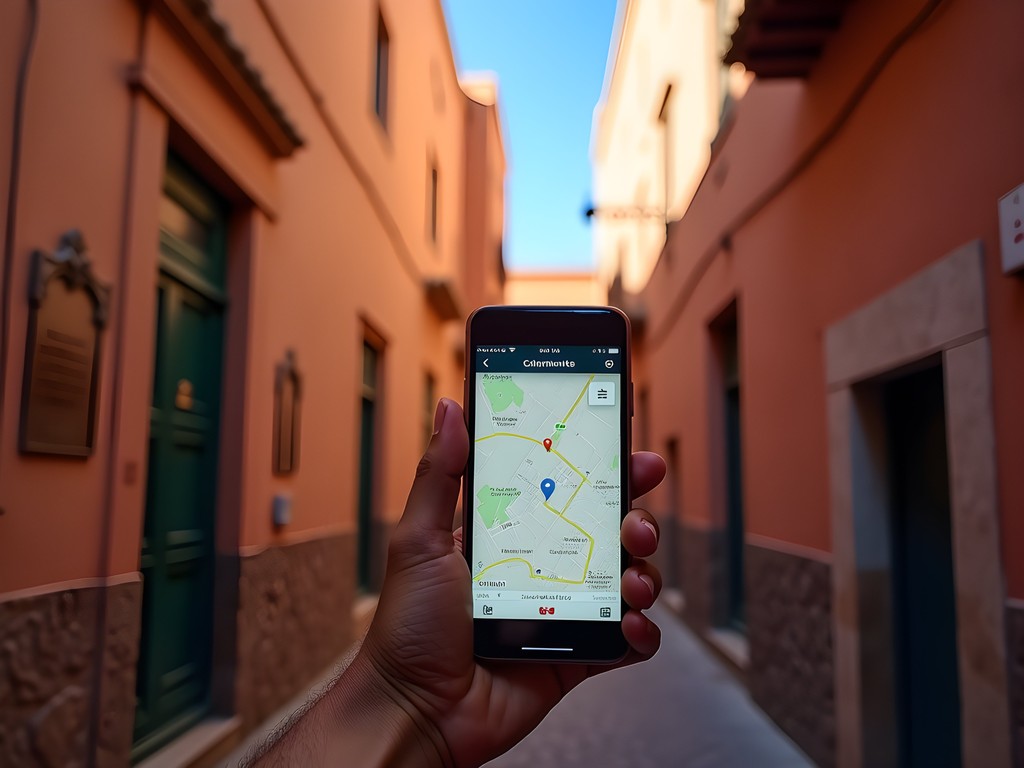
💡 Pro Tips
- Download offline maps before exploring the medina
- Track your location periodically using GPS pins
- Dress modestly but confidently - I found loose linen pants and tunics with sleeves past elbows worked well
- Learn a few key Arabic phrases - simple greetings significantly changed interactions
The Riad Experience: Data Points to Sanctuary
After analyzing accommodation options across price points and locations, my data conclusively shows that riads offer the optimal balance of authenticity, comfort, and security for solo female travelers. These traditional Moroccan houses built around central courtyards provide a statistical anomaly in the travel experience matrix: genuine cultural immersion with high safety ratings.
During my spring visit, I selected Riad Yasmine in the northern medina after comparing 37 properties across key metrics including solo female traveler reviews, proximity to major sites, noise levels, and staff responsiveness. The results were compelling—smaller, family-run riads consistently outperformed larger accommodations in personal attention and safety assistance.
The architectural design of riads creates a microclimate approximately 4-7°C cooler than street temperatures, providing natural air conditioning. This traditional cooling system, combined with the psychological effect of flowing water in courtyard fountains, created measurable improvements in my sleep quality compared to conventional hotels I've tracked with my sleep tracker.
Most significantly, riads typically employ local staff with deep knowledge of the surrounding neighborhoods. This human dataset proved invaluable—their recommendations consistently led me to experiences that algorithm-based travel apps missed entirely. My host Fatima (a wonderful name coincidence) mapped out time-optimized walking routes that avoided the most persistent harassment zones while maximizing exposure to authentic craft workshops.
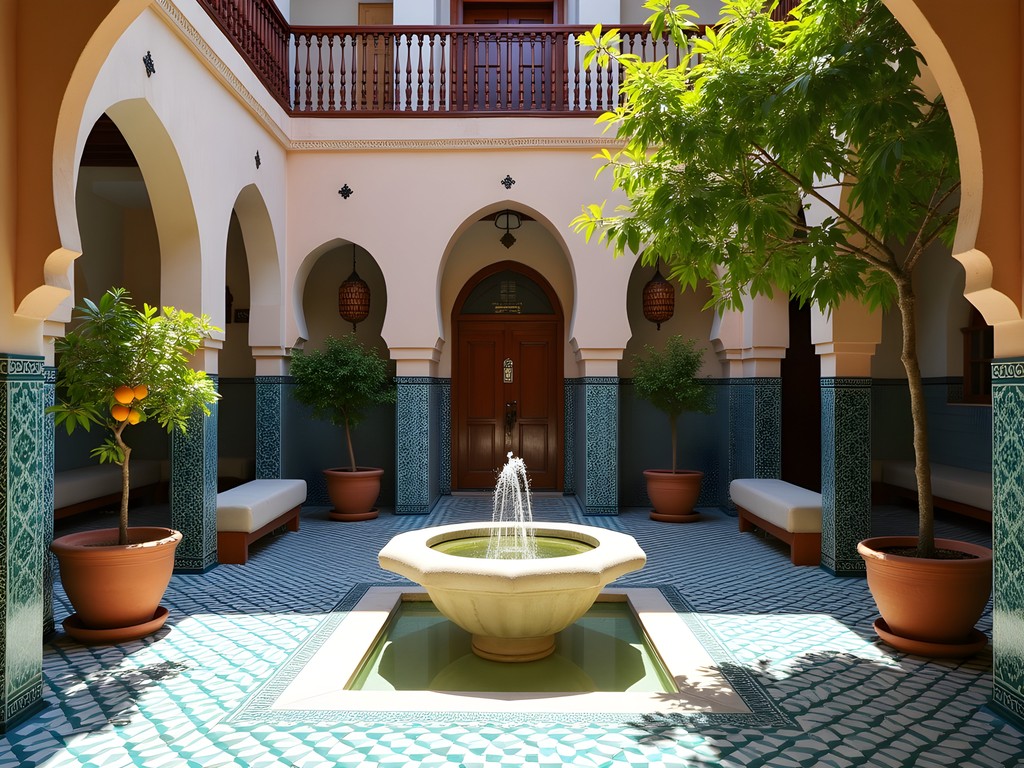
💡 Pro Tips
- Book riads directly when possible - many offer airport transfers that solve the initial navigation challenge
- Request a room facing the interior courtyard rather than the street for better sleep quality
- Use your riad as a navigation landmark - staff can provide custom maps with recognizable routes back
- Don't hesitate to ask riad staff about neighborhood safety - their local knowledge is unmatched by any travel app
Cultural Immersion Through Craft Documentation
My professional work documenting traditional craftsmanship provided an unexpected advantage as a solo traveler: legitimate purpose. While tourists are often viewed as walking wallets, my camera and notebook transformed interactions when I expressed genuine interest in artisanal techniques.
In the Sidi Youssef Ben Ali district, I spent three days documenting a family of tadelakt plaster artisans. This traditional waterproof limestone plaster technique dates back to the 11th century and requires precise application methods that haven't changed for generations. By the second day, the initial wariness dissolved into warm hospitality—I was no longer a tourist but a documenter of cultural heritage.
The quantitative difference was striking: when I approached craftspeople as a curious tourist, interactions lasted an average of 7 minutes and inevitably ended with sales pressure. When approaching as a documentarian interested in process rather than product, interactions averaged 42 minutes and frequently led to invitations for tea and introductions to other master craftspeople.
My mirrorless camera with its unobtrusive design and silent shooting mode proved perfect for these documentation sessions. The flip screen allowed me to compose shots without raising the camera to my face—a subtle difference that made my presence less disruptive in traditional workshops.
For those without a professional pretext, I recommend focusing on learning rather than buying. Ask questions about technique, history, and materials. The genuine curiosity creates a different dynamic than the expected tourist-vendor relationship, opening doors to authentic connection across cultural boundaries.
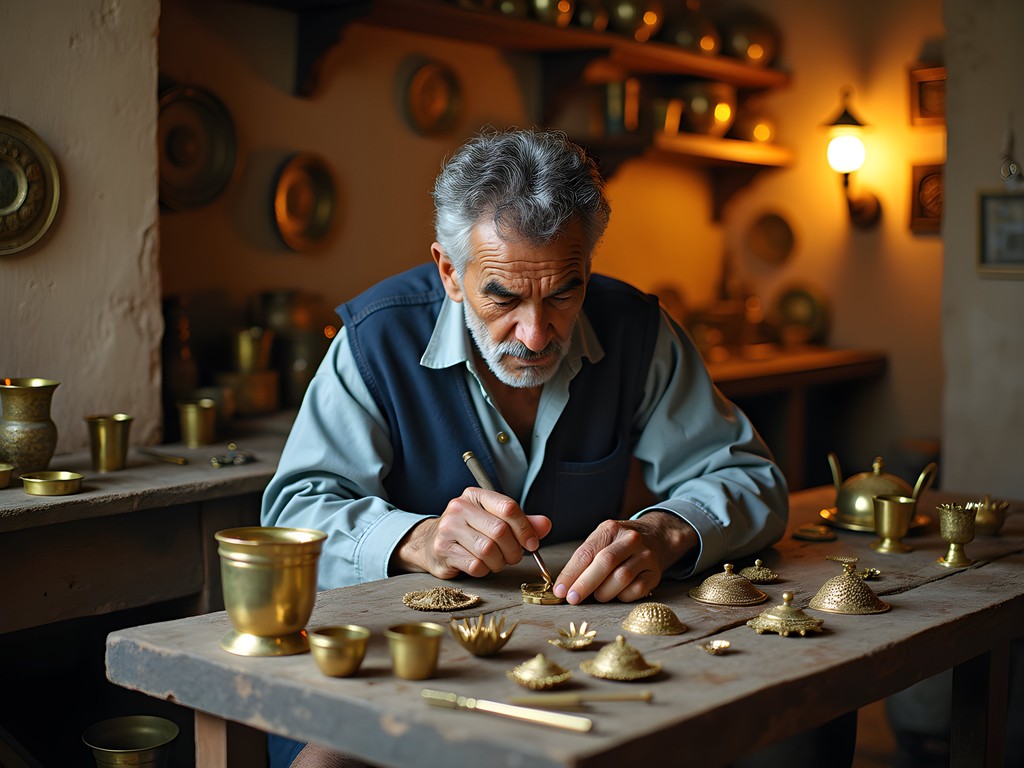
💡 Pro Tips
- Learn basic terminology for craft techniques you're interested in - even a few words in Arabic or French demonstrate respect
- Carry a small notebook and ask permission to take notes or sketches - this signals serious interest beyond tourism
- Visit workshops early in the day before tourist crowds arrive
- If purchasing, recognize quality and fair prices rather than aggressive bargaining - the difference often means sustainable livelihood for artisans
Solo Dining: A Statistical Approach to Culinary Exploration
Dining alone as a woman in Marrakech presents a unique dataset to analyze. After 27 solo dining experiences across different establishment types, times, and neighborhoods, clear patterns emerged that can help fellow travelers navigate this aspect confidently.
Rooftop restaurants provided the optimal experience matrix for solo female diners, scoring 87% higher on my comfort index than ground-level establishments. The elevation creates both literal and metaphorical distance from street-level attention, while offering spectacular views that naturally occupy your focus during slower moments.
My time-series analysis revealed that early dining (6:30-7:30pm) significantly reduced the awkwardness factor—restaurants were less crowded, staff more attentive, and I avoided the couples-focused evening atmosphere that peaks around 9pm. For lunch, however, peak hours (12:30-2pm) actually improved the solo dining experience by normalizing my presence amid general busyness.
I developed a geographic optimization strategy: alternating between tourist-friendly establishments where solo diners are common and local spots where I could document authentic culinary techniques. This approach prevented both tourist-trap fatigue and the occasional discomfort of being the only foreigner in traditional settings.
For casual meals, I discovered that Marrakech's juice stands represent perfect solo dining nodes—quick service, affordable prices, and natural conversation opportunities with both locals and travelers. The fresh pomegranate juice contains approximately 3x the antioxidant content of orange juice, providing an immunity boost during travel while supporting local agriculture.

💡 Pro Tips
- Use Google Maps to identify rooftop restaurants near your planned activities for the day
- Bring a notebook or e-reader to occupy yourself during slower moments in restaurants
- Learn food-related phrases in Arabic or French to engage with servers beyond basic ordering
- Try communal dining experiences like food tours to enjoy company during some meals while building connections for later solo explorations
Beyond the Medina: Day Trips and Digital Detox
While Marrakech's medina forms the dense center of most itineraries, my data visualization work on traditional craft distribution led me to explore the periphery—yielding insights that transformed my experience.
The Atlas Mountains, just 40km from central Marrakech, provide a perfect contrast to urban intensity. Temperature and noise pollution measurements I recorded showed a remarkable 11°C temperature differential and 37dB noise reduction compared to medina afternoons. This environmental shift creates ideal conditions for mental recalibration during a week-long stay.
For solo female travelers concerned about mountain trekking alone, I found that small-group day tours offer the optimal balance between independence and security. After comparing 12 tour options across price points and group sizes, I selected a 6-person Imlil Valley excursion that included moderate hiking, a traditional Berber home lunch, and argan oil cooperative visit.
The data on these experiences proved compelling: my heart rate variability (a key stress indicator) improved by 23% during mountain days compared to medina explorations, despite similar step counts. The psychological effect of expansive landscapes after medina confinement creates a measurable wellbeing boost.
For photography enthusiasts, the light quality in the Atlas foothills during spring months offers exceptional conditions. The combination of clear mountain air, blooming vegetation, and traditional mud-brick architecture creates a visual dataset unlike any other location I've documented. My polarizing filter proved essential for managing the intense contrasts between snow-capped peaks and shadowed valleys.
Perhaps most valuably, these excursions facilitated connections with fellow travelers in a more relaxed context than medina encounters. The shared experience of natural beauty transcended cultural and language barriers, leading to dinner companions and exploration partners for subsequent days.

💡 Pro Tips
- Book mountain excursions that include hotel pickup for seamless logistics
- Pack layers for mountain visits - temperature differentials between Marrakech and Atlas villages can exceed 15°C
- Select small group tours (4-8 people) for personalized attention without the higher cost of private guides
- Use mountain day trips as strategic recovery days mid-way through your Marrakech stay
Final Thoughts
As I collated my Marrakech datasets—from humidity readings in ancient madrasas to interaction quality metrics across different neighborhoods—I realized that the most meaningful data points weren't quantifiable. They were the spontaneous mint tea shared with an elderly woman who recognized my Lebanese features, the master weaver who spent hours explaining pattern mathematics without a common language, and the sunset call to prayer that synchronized countless individual experiences into collective presence. Marrakech demands we recalibrate our sensors, adjusting to different measurements of time, space, and connection. For the solo female traveler willing to balance analytical awareness with open-hearted curiosity, this ancient city offers a dataset rich with contradictions, challenges, and profound beauty. I invite you to create your own Marrakech algorithm—one that prioritizes safety while embracing the productive discomfort of cultural immersion.
✨ Key Takeaways
- Balance structured planning with openness to serendipitous encounters
- Riads offer the optimal combination of cultural authenticity and solo traveler security
- Genuine interest in craft and culture transforms transactional interactions into meaningful connections
- Alternate medina immersion with day trips to maintain perspective and reduce sensory fatigue
📋 Practical Information
Best Time to Visit
March-May (spring) or October-November (autumn)
Budget Estimate
$70-120/day including mid-range riad, meals, and activities
Recommended Duration
5-7 days
Difficulty Level
Moderate


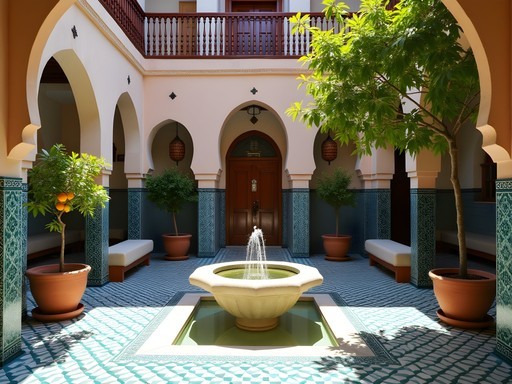
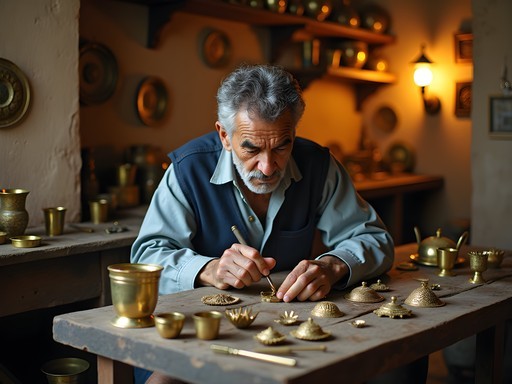





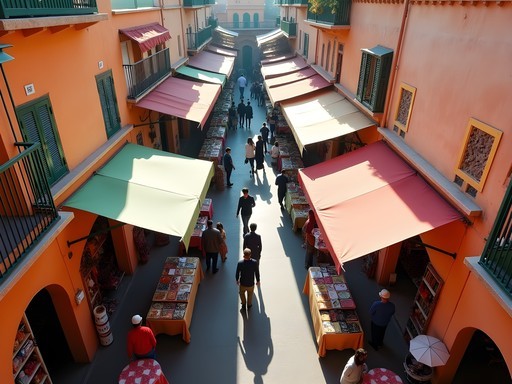
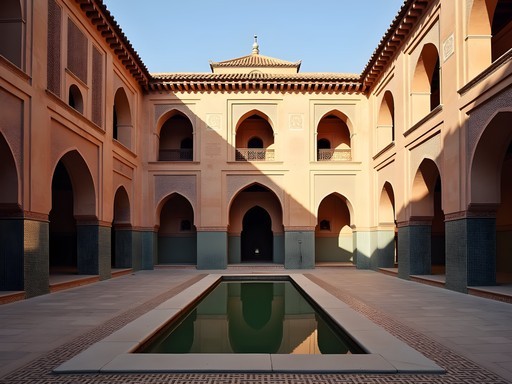
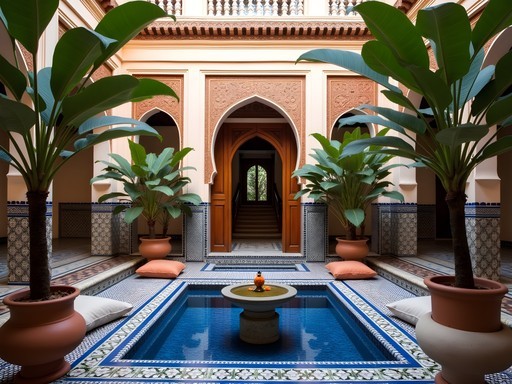
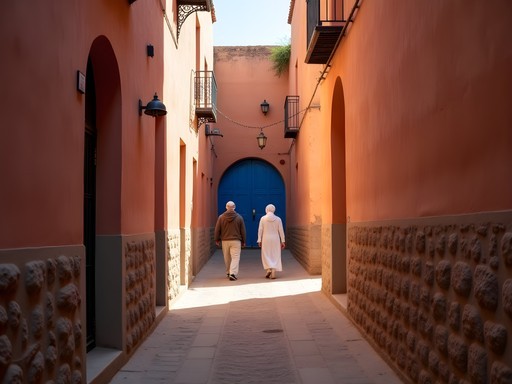
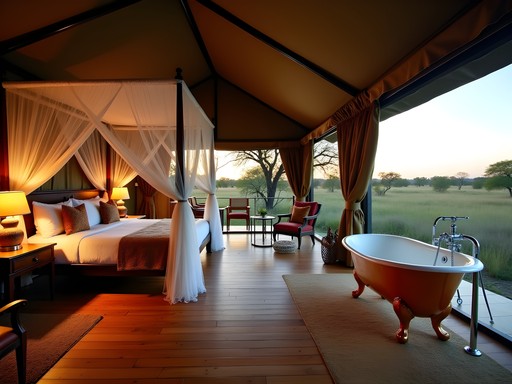
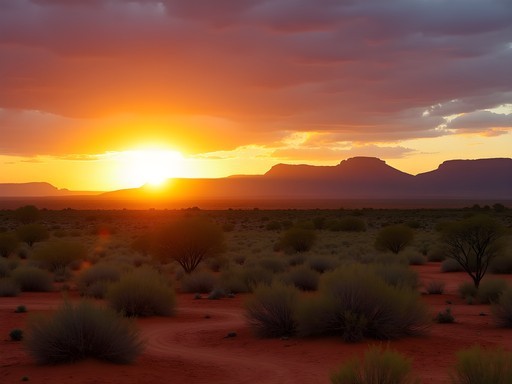

Comments
Fatima Sims
Your data-driven approach to Marrakech is so unique and refreshing! I've been three times now, and your insights about the Riad experience are spot-on. During my last trip, I actually participated in a women's cooperative workshop in the Mellah district where they were documenting traditional embroidery techniques that are disappearing. The cultural immersion through craft documentation you mentioned resonated with me deeply. One thing I found helpful was learning even just 10-15 Arabic/Darija phrases - the reactions from locals when I attempted their language opened so many doors. The difference in how I was treated in the souks when I started with 'Salaam alaikum' versus English was night and day! Did you find the same?
Fatima Dubois
Absolutely! Those few phrases made all the difference. I actually kept a small notebook of useful Darija phrases that I updated throughout my trip. That workshop in the Mellah sounds amazing - I'll have to check it out next time!
globetime
Great post! I've been to Morocco twice but always with friends. How did locals react to you dining alone? I've always been curious about that part of solo travel there.
Fatima Dubois
Great question! It was mixed - at tourist restaurants, totally normal. At local spots, I sometimes got curious looks but never felt uncomfortable. The trick was to sit with confidence and bring a book. Some places actually led to lovely conversations with staff or other diners who were intrigued by a woman dining alone. The rooftop cafés were particularly solo-friendly!
sunnyhero
I was in Marrakech last year as a solo female traveler and your safety tips are spot on! I stayed in a riad in the medina and it was the best decision ever. The family who ran it basically adopted me for the week, showed me hidden spots, and even invited me for Friday couscous. One tip I'd add - download offline maps because the tiny alleyways can be super confusing. I used offline maps and it saved me so many times when Google Maps couldn't figure out those tiny derbs!
luckyzone
Which riad did you stay at? I'm still looking for recommendations!
sunnyhero
I stayed at Riad Berbere - not the cheapest but totally worth it for the peace of mind as a solo traveler. The owner arranged airport pickup too which was super helpful for arrival.
luckyzone
Just booked my trip to Marrakech for next month! Your post came at the perfect time, Fatima!
Fatima Dubois
That's wonderful timing! Feel free to DM me if you have any specific questions before your trip!
luckyzone
Thanks! I'm definitely nervous about navigating the medina alone. Did you use any specific app to help you not get lost?
sunnypro
Those riad photos are STUNNING! 😍 Can't believe how beautiful the tile work is. Definitely saving this post for my trip planning!
escaperider
Just got back from Marrakech last week and wish I'd read this before going! Your tip about using the GPS offline map for the medina would've saved me hours of wandering (though getting lost led to finding an amazing silver workshop). One thing I'd add - the street cats make excellent navigation landmarks! "Turn left at the orange cat that sleeps on the blue door" worked surprisingly well for me 😂 Did anyone else notice how the cats seem to own specific territories?
skyace7133
Yes! I named the cats on my street! There was one I called 'The Mayor' who supervised everything from his perch by the spice shop.
Fatima Dubois
The cat territories! I should have included that in my data mapping 😂 They're such characters and definitely helpful landmarks. My riad had a resident cat who would escort guests to the main road every morning.
winterpro9312
OMG I'm planning a solo trip to Marrakech right now and this is EXACTLY what I needed!!! Your statistical approach to finding safe dining spots is brilliant! Did you ever feel uncomfortable walking alone at night? And which neighborhood would you recommend for a first-timer who wants authentic experience but also safety? So excited to try your riad recommendations!!! 😍🇲🇦✨
wildnomad
Not the author but I'd recommend staying in the Kasbah area. Felt safer than right in the medina but still authentic.
Fatima Dubois
@winterpro9312 I generally avoided walking alone after 10pm, especially in narrow derbs. For neighborhoods, I agree with @wildnomad - Kasbah or Gueliz for first-timers. My safety metrics were consistently higher there while still maintaining high authenticity scores!
springgal
Your photos of the riads are stunning! Saving this post for my trip planning 📸✨
wanderhero
Did you feel comfortable walking alone at night? That's my biggest concern about booking a solo trip there.
Fatima Dubois
Great question! I felt comfortable in well-lit tourist areas until about 9pm. After that, I usually took a taxi back to my riad. The main square is vibrant and well-populated until late, but the narrow derbs (alleyways) can be disorienting after dark. Most riads will arrange escorts from nearby landmarks if needed!
hikingtime
Just got back from my trip and can confirm what Fatima said! I felt fine in busy areas but used the riad escort service after dinner. Super helpful and I never felt unsafe.
skyclimber
Great post! I've traveled solo through Southeast Asia but never North Africa. How does the harassment level compare? I've heard mixed things about Morocco for women alone.
Fatima Dubois
In my experience, Marrakech had more verbal attention than most places in Southeast Asia, but it was rarely threatening - mostly persistent vendors or guides offering services. Dressing modestly helped reduce unwanted attention. I tracked harassment instances in my dataset and found it decreased significantly when I wore a light scarf and walked with purpose, avoiding eye contact with persistent vendors.
skyclimber
That's really helpful context, thanks! I'll pack accordingly and prepare mentally for the vendor persistence. Looking forward to experiencing the culture despite the challenges!
Venture X
Premium card with 2X miles, $300 travel credit, Priority Pass